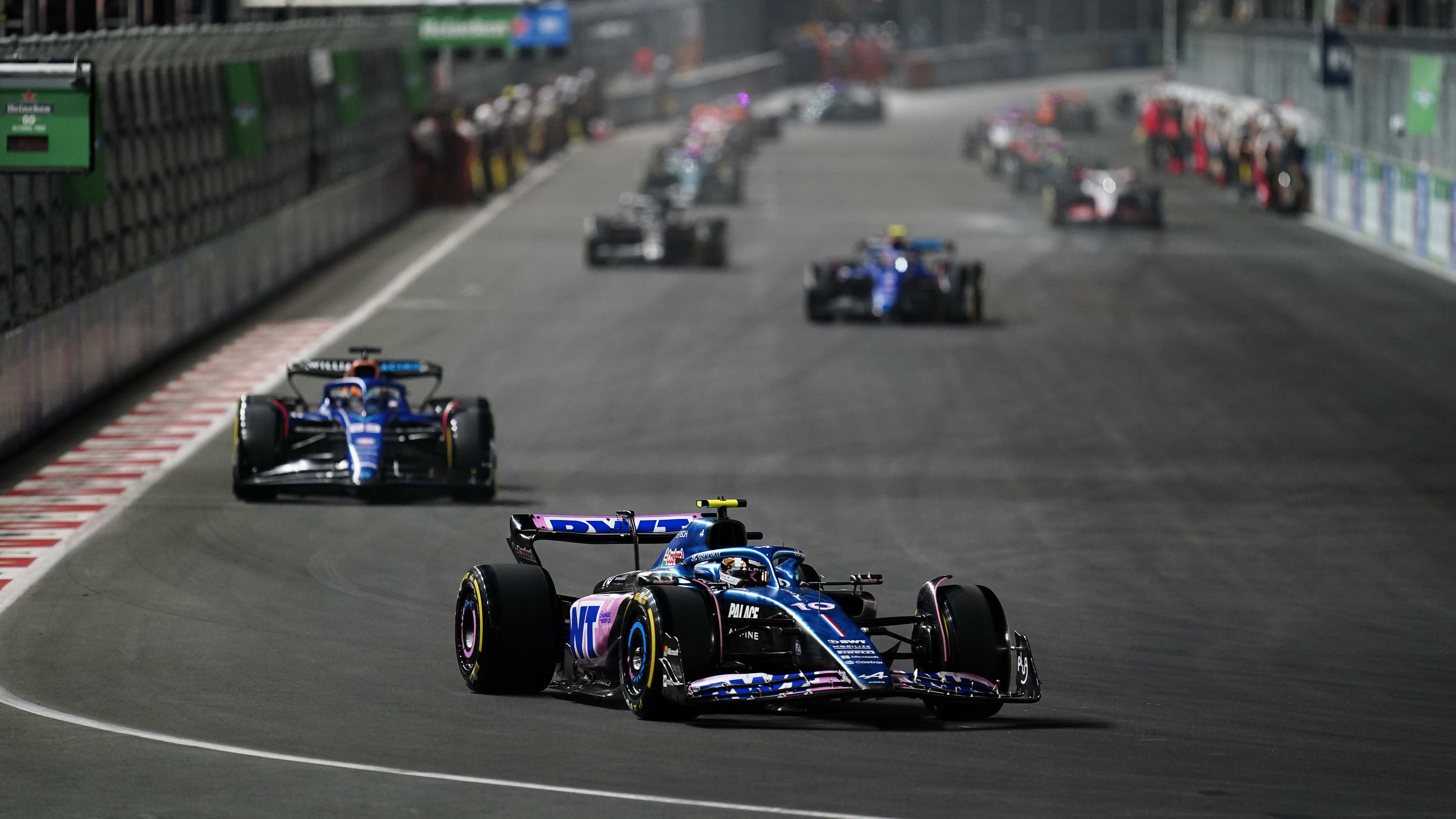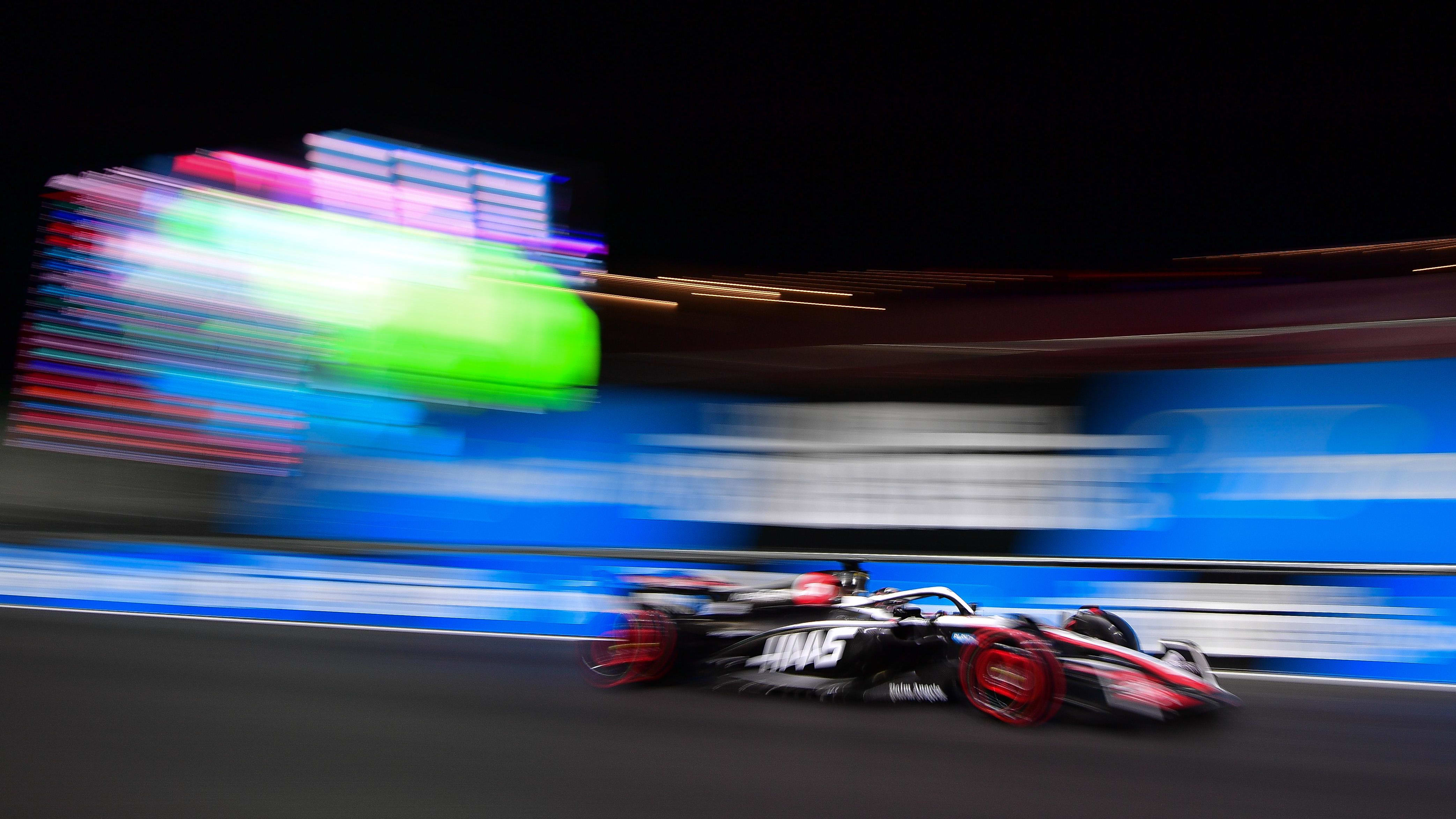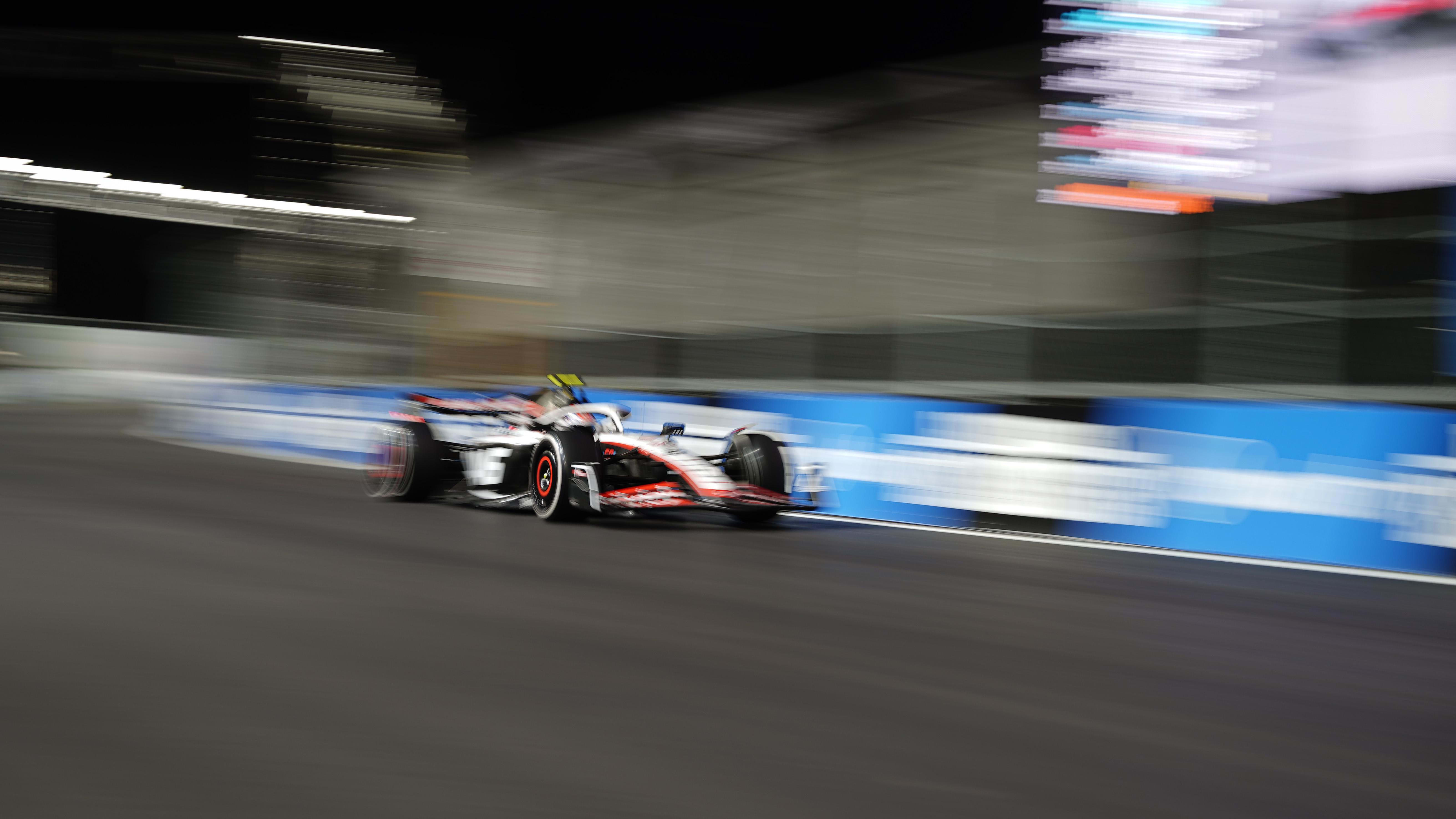Pat Symonds, Formula 1's Chief Technical Officer, recently endorsed the cost-cap rule, highlighting its critical role in the sport's sustainability. He noted the regulation's positive impact on team finances since its 2021 introduction.
Key Takeaways:
- The cost-cap regulation, starting at $145 million in 2021, has progressively decreased to enhance financial sustainability among teams.
- Symonds praised the cost cap for its significant role in improving the sport's financial health, preventing teams like Williams from facing severe financial crises.
- The cost cap has also been influential in attracting new engine manufacturers for the 2026 season, due to more manageable financial commitments.

Nov 18, 2023; Las Vegas, Nevada, USA; BWT Alpine F1 driver Pierre Gasly of France (10) drives during
Lucas Peltier-USA TODAY Sports
Formula 1 has taken significant strides to ensure its long-term viability with the cost-cap regulation, a financial governance model introduced in 2021 that initially capped team expenditures at $145 million annually. This figure has been methodically reduced over subsequent years, standing at $135 million in 2023, with provisions for future adjustments to cater to inflation and an expanding race calendar.
Pat Symonds, the Chief Technical Officer of Formula 1, recently lauded this regulation on F1's Beyond the Grid podcast underscoring its indispensable role in the sport's future. According to Symonds, while the 2022 car and its contribution to more competitive racing have been in the spotlight, the financial cap deserves equal, if not more, recognition for its foundational influence on the sport's economic landscape. He commented:
“We talk a lot about the 2022 car and how it’s improved racing and all the things we did, but the budget cap doesn’t really get the medals it deserves because the budget cap is fundamental to the future of Formula 1.
“My last team was Williams, where we were existing on a shoestring.
“And in fact, not long after I left Williams, it didn’t exist on a shoestring. They had to sell and they weren’t alone. Teams were really struggling to survive.
“Over the course of seven years, we’ve turned these teams into all being worth half a billion dollars and that’s pretty impressive. And a large part of that is because of the budget cap.”

Nov 17, 2023; Las Vegas, Nevada, USA; Haas F1 driver Kevin Magnussen of Denmark (20) during
Gary A. Vasquez-USA TODAY Sports
Moreover, the cost cap's influence extends beyond the balance sheets of existing teams. It has played a pivotal role in shaping the future landscape of Formula 1, particularly with regard to engine manufacturers. The upcoming 2026 season is set to introduce new power unit regulations, including sustainable fuels and increased electrification. Symonds concluded:
“It’s technology at a sensible cost.
“Now, when you talk about the manufacturers, they’re saying ‘yeah, actually now this is interesting technology and it’s not at a ridiculous price’.
“We’re not having to put hundreds and hundreds of millions of dollars into it, but we can exploit the areas that are of interest to us.”
